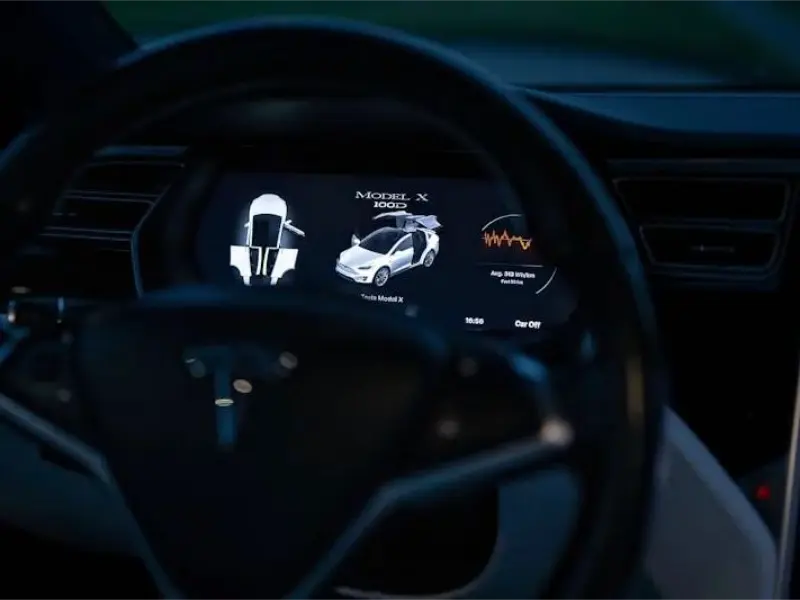- Tesla’s battery capacity is projected to endure between 300,000 and 500,000 miles before replacement.
- Factors influencing Tesla’s longevity include driver habits, regular maintenance, and environmental conditions.
- Advancements in battery technology and autonomous driving features are poised to enhance the longevity and performance of Tesla vehicles.
Tesla’s battery life is estimated to last up to 35 years, or around 500,000 miles, under ideal conditions. However, the actual lifespan depends on factors such as road conditions and the vehicle’s performance. The battery’s capacity to provide at least 272 miles per charge is not guaranteed, and it is likely that you won’t drive your Tesla until it reaches its absolute breaking point.
How many years will a Tesla battery last?
Tesla’s battery capacity is estimated to last 300,000 to 500,000 miles before needing replacement. However, due to Tesla’s relatively new vehicles, there are few real-world scenarios to prove this. Tesla’s 2022 Impact Report states that a car’s battery will not need replacing, as most people replace their cars after 200,000 miles.
The company claims that batteries degrade by only 12% after 200,000 miles on average. All Tesla cars come with a battery warranty, covering repair or replacement of defects from normal use in Tesla’s parts. Used vehicles are not covered. The impact of this on 2029-2043 remains to be seen.
Also read: Tesla raises prices in China and shrugs off price war
Factors influencing Tesla’s longevity
The longevity of a Tesla vehicle is significantly influenced by the driver’s habits behind the wheel. Gentle acceleration, smooth braking, and consistent driving speeds can help reduce wear and tear on the vehicle’s components, ultimately extending its lifespan.
Regular maintenance is essential for preserving the longevity of a Tesla. Routine service appointments, including tire rotations, brake inspections, fluid checks, and software updates, are crucial for ensuring the optimal performance and longevity of the vehicle.
Environmental factors, such as temperature, humidity, and exposure to extreme weather conditions, can affect the longevity of a Tesla. High temperatures can accelerate battery degradation, while cold weather can impact overall performance. Storing the vehicle in a sheltered environment, avoiding prolonged exposure to extreme conditions, and utilizing climate control features can help mitigate the effects of environmental factors on the longevity of the car.
Also read: Tesla’s Texas battery factory can supply 1,000 Cybertrucks weekly
Real-world mileage experiences
Exploring the real-world experiences of Tesla owners who have embarked on long-distance journeys can provide valuable insights into the mileage and durability of these electric vehicles. Stories of cross-country road trips, adventures through varying terrains, and daily commutes can showcase the reliability and endurance of Tesla vehicles in diverse driving conditions.
Gathering testimonials from Tesla owners who have accumulated significant mileage on their vehicles can offer firsthand accounts of the longevity and durability of these electric cars. Hearing about maintenance experiences, battery performance, and overall satisfaction from high-mileage Tesla owners can provide valuable perspectives on the practical longevity of the vehicles in everyday use.
Future outlook and innovations
Advancements in battery technology are poised to enhance the longevity and performance of Tesla vehicles. Innovations in battery chemistry, energy density, and charging infrastructure are driving improvements in the durability and efficiency of electric car batteries.
The integration of autonomous driving features in Tesla vehicles is revolutionising the way we drive and interact with our cars. Advanced driver-assistance systems, such as autopilot and full self-driving capabilities, are enhancing safety, convenience, and efficiency on the road.

